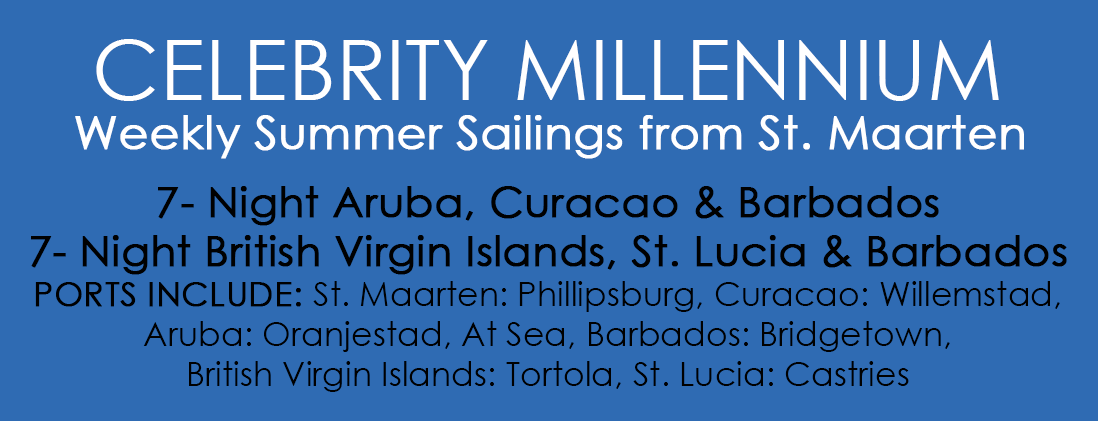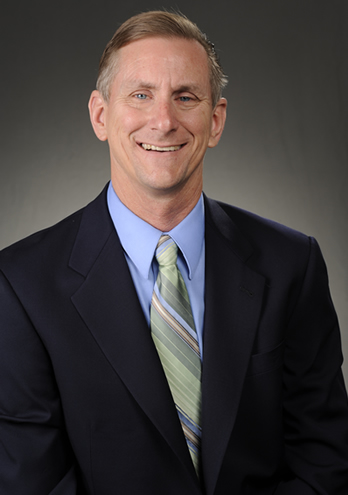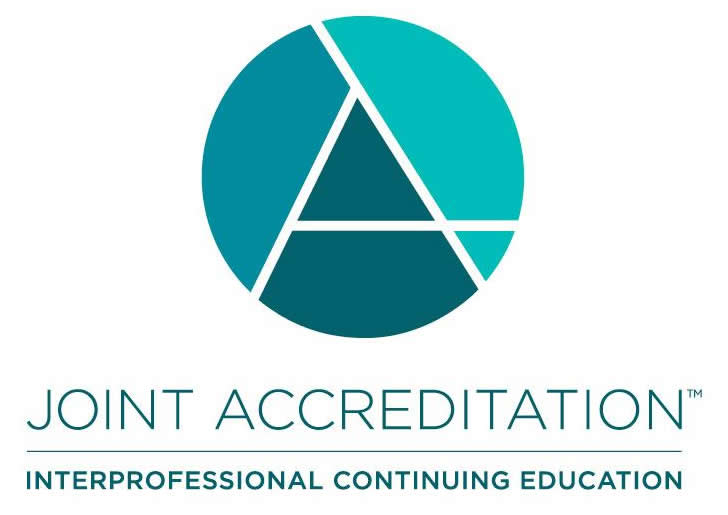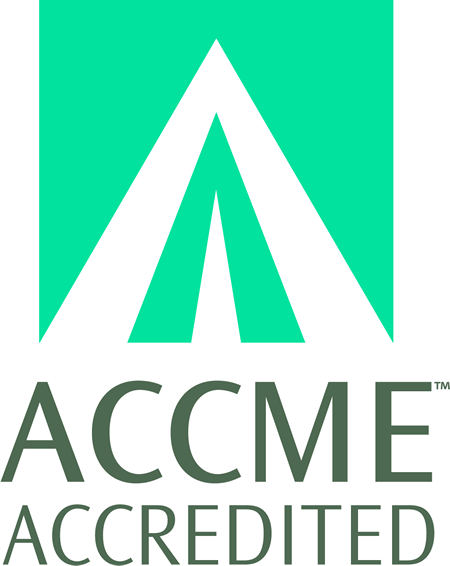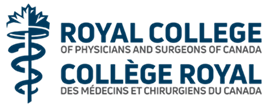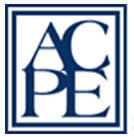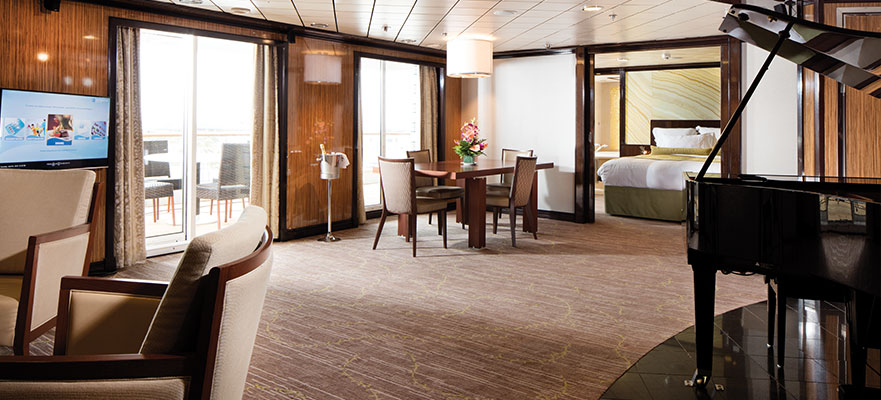
COURSE CREDITS & HOURS
AMA PRA Category 1 Credits™14 ACPE Credits
6 ¾ Hours of Pharmacology for NPs
COURSE FEES
TARGET AUDIENCE
PROGRAM PURPOSE
- Prevention and Treatment of Motion Sickness
- Incidentaloma(s) How to approach these findings?
- Hey Doc! By the way I have this
- Common OTC treatment of every day Dermatologic Problems in Daily Practice
- Common Knee and Shoulder Complaints in the Office Setting
- How to give steroid injections to treat knee and shoulder complaints
- Use of the Medical Interpreter to maximize the office visit
- Current Guidelines on Evaluation of the Abdominal Aortic Aneurysm
- Efficacious use of Antiemetic in the office setting
- Optimizing Results through Teamwork
- Preparing Your Patients for a Successful Transition to their Golden Years
- Medical Error Reduction: Optimizing Outcomes and Patient Safety
- Travel Medicine: Prevention Goes International
- Optimizing Patient Safety- Appropriate Opioid Prescribing
Learning Objectives:
- List 3 symptoms of motion sickness
- Describe the 3 types of behavioral interventions
- Recite 3 types of medications use for Motions Sickness
- Differentiate the different sites of incidentalomas
- Differentiate the different sites of incidentalomas
- Explain the work up for Thyroid, Pulmonary and Pituitary Incidentalomas
- List the 3 Red flags related to Thyroid, Pulmonary and Pituitary findings
- Describe 3 most common skin complaints in the office setting
- List 3 over the counter treatments that are used for these skin conditions
- Demonstrate a rapid shoulder and knee exam
- List the contraindications to a steroid injection
- Describe at least 5 tips for using a medical interpreter
- List 3 Medical Interpreter Resources
- Explain at least 2 benefits of using a trained interpreter
- Describe what constitutes and Abdominal Aortic Aneurysm
- List the 3 main risk factors for AAA
- Apply the screening requirements for AAA
- List the 3 primary neurotransmitters involved in nausea and vomiting
- Discuss the 4 categories of antiemetics used in the ambulatory setting
- Apply the characteristics of successful teams and tools to build teamwork and improve outcomes
- Describe how teamwork can improve chronic disease metrics
- List and explain stages of team formation
- Improve the wellness of the geriatric patients seen
- Address preventive measures for geriatric members
- Provide appropriate medication management for the elderly
- Improve communication strategies in discussing advance directives with patients
- Discuss types of medical errors that can result in increased morbidity and mortality
- Minimize potential cognitive error risks to result in improved outcomes and patient safety
- Explain how diagnosis momentum can result in medical errors
- Discuss the scope of US travelers abroad
- Assess the medical risk to the traveler
- List commonly needed Immunizations for travelers
- Implement helpful travel preventative treatments
- Utilize travel medicine related website resources
- Appropriately evaluate a patient for Chronic Pain
- Utilize general guidelines for prescribing Controlled Substances / Opioids, including the new CDC guidelines
- Implement the use of multiple modalities in managing chronic pain
- Explain the added risks when prescribing opioids in excess of 100 mg Morphine Equivalent Dosing (MED)
- Implement strategies to improve patient safety and compliance with guidelines in prescribing opioids and other Controlled Substances




